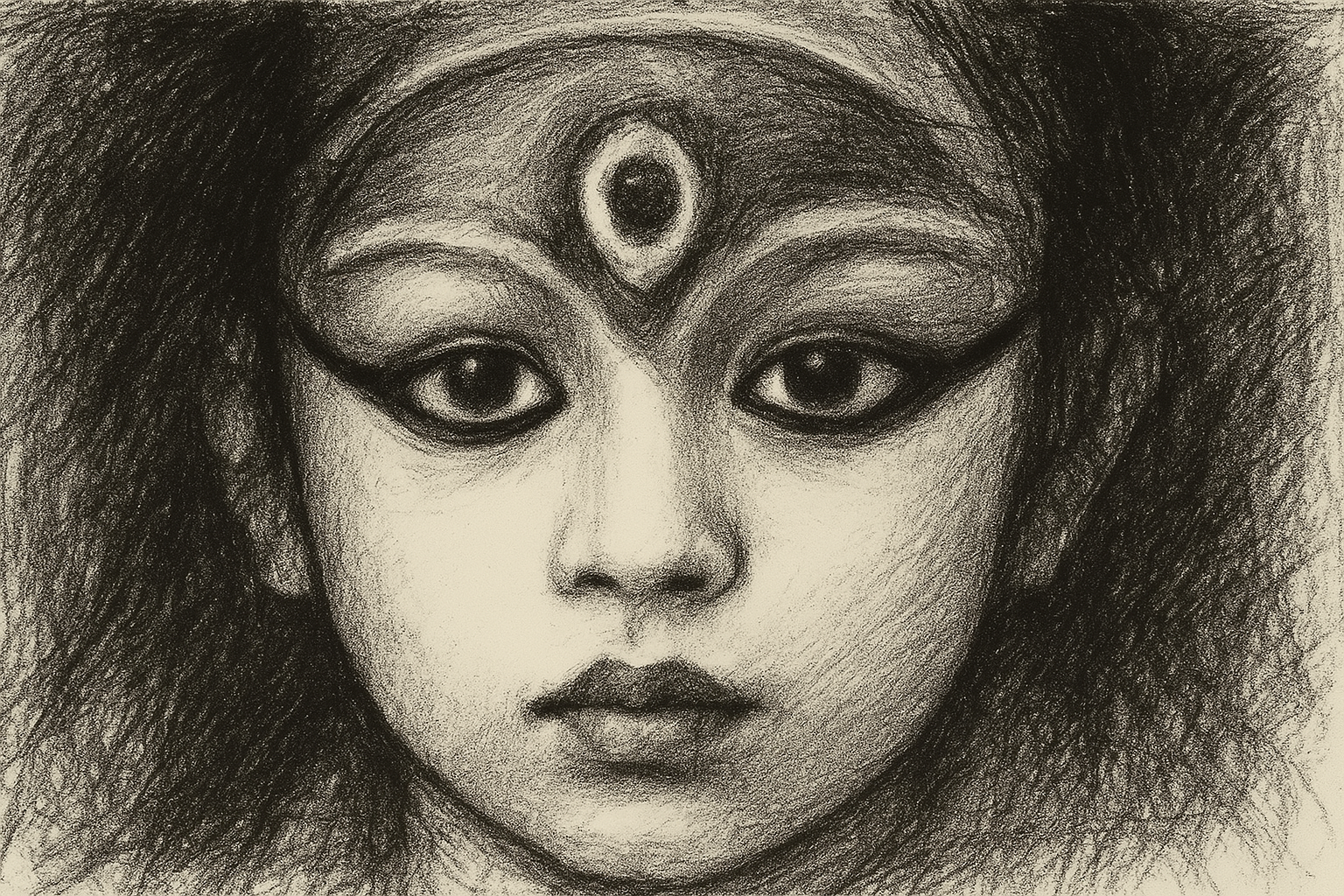Aryatara Shakya of Kathmandu has been selected as the new Kumari, the Living Goddess. Along with this, the former Kumari, Trishna Shakya, will be ceremoniously bid farewell with traditional rituals.
The tradition of the Kumari dates back to the 17th century in the Kathmandu Valley, rooted in the Newa community’s blend of Hindu and Buddhist practices. The Kumari is believed to be the incarnation of Taleju, revered as a protector of the land. The practice solidified during the Malla dynasty, particularly under King Jayaprakash Malla, who is credited with formalising the worship of the young girl as a divine figure.
Legend tells of a king who, after offending Taleju, was instructed to select a young girl as her vessel to restore divine favour. Since then, the Kumari has been chosen from the Shakya or Bajracharya clans, typically between the ages of 2 and 4, through a rigorous selection process. The chosen girl must exhibit specific physical traits and pass astrological and spiritual tests.
The Kumari reigns until she reaches puberty or experiences her first menstruation, signalling the departure of the goddess from her body. She then returns to ordinary life, and a new Kumari is selected.
The Kumari holds immense cultural and spiritual significance in Nepal. As a living deity, she bridges the divine and human realms, embodying purity, power, and protection. Her presence is central to festivals like Indra Jatra, where she is paraded in a chariot, blessing devotees and reinforcing communal harmony. Her blessings are sought by everyone from commoners to, historically, kings, symbolising her role as a unifier across social strata.
The Kumari tradition reflects Nepal’s syncretic religious landscape, blending Hindu and Buddhist elements. For Hindus, she is Taleju; for Buddhists, she is a manifestation of Vajradevi, a Tantric goddess. This duality underscores the inclusive nature of Newa culture, fostering coexistence in a diverse society.
Beyond spirituality, the Kumari represents the reverence for feminine energy (Shakti) in Nepali culture, celebrating the divine in a young girl.
The Kumari remains a potent symbol of Nepal’s heritage, drawing global fascination while anchoring local identity. Her annual appearances and rituals continue to inspire awe, connecting past traditions with contemporary Nepali life.
(Image is the charcoal art of Kumari, created with ChatGPT)
